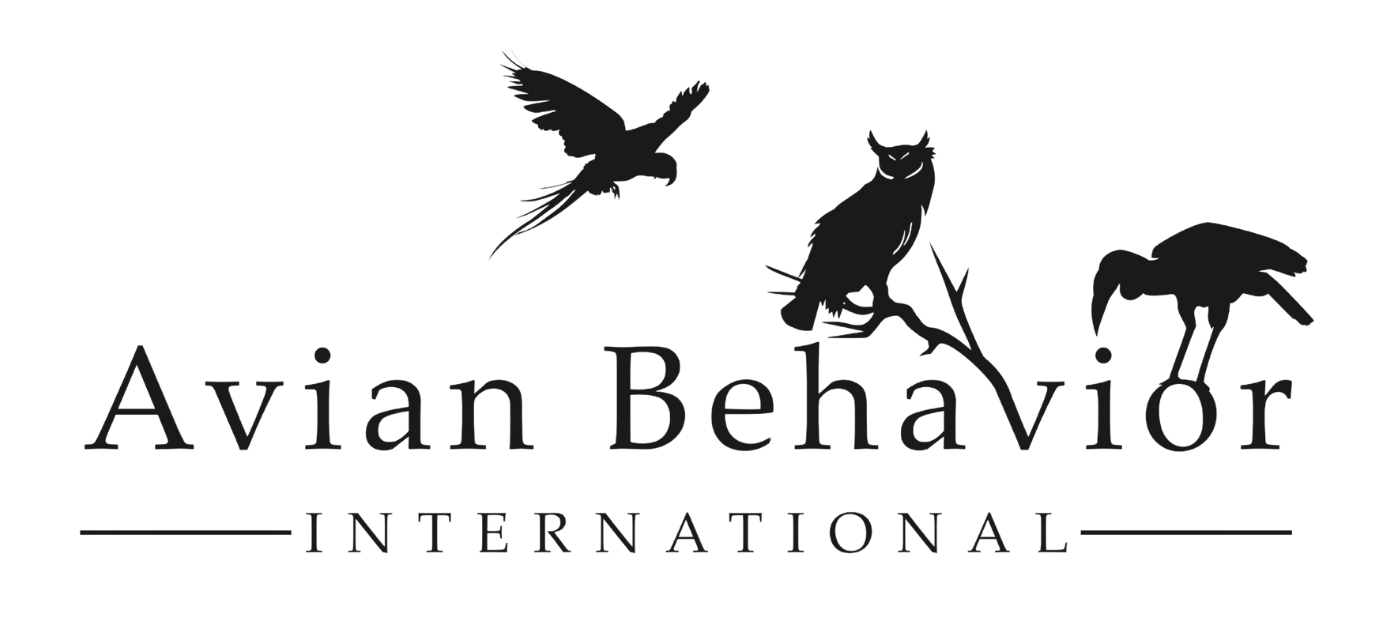
15 May Rebuilding Crate Training with Suyana: A Condor’s Comeback
If you have worked with a bird who has a hard time with the smallest of changes, such as a vulture, raven, or older parrot, you can probably appreciate that when 17 year old condor Suyana joined the Avian Behavior team after living her entire career in one place, we experienced some ups and downs with even her most foundational behaviors, such as crating. And when crating breaks down as an education ambassador, everything else kind of takes the back seat. This is what we showed in some of our recent livestream training programs, particularly this past Sunday.
For our team, with a deadline coming up to bring her to a flighted program we had committed to when Suyana was crating more or less fluently, we had to really step back and think about how to get back on track, define our objectives, and think critically about we needed from her in the short and long term.
Many trainers have been taught that building positive experiences with the crate is just about tossing food in the crate or leaving it in the birds space and letting them get used to it over time. This isn’t the way we crate train our birds. We think about the “whole bird,” as in how does she handle stress and frustration overall and what does she want out of the situation. If she wants distance from the crate, that means that using space away from the crate to reinforce when she approaches it calmly is one component of her success.
We also introduce true choice: degrees of freedom. When a bird has only one choice of getting food and that is to get it for coming near the item that they don’t want, that is not actually offering “choice and control.” They have to be able to get equal value of reinforcement for different options for the program to have true choice. We do this by putting in different options for Suyana to go to that allows her to achieve reinforcement from a trainer, and you can literally see her frustration go down.
And finally, we are actually introducing more trainers into the equation. Is that crazy? What about consistency??? Well as you can see from her progress across the livestreams, her crating improves, her frustration and ability to handle stress decreases, and our interns and our staff improve their mechanics as well. She can walk on to a scale in front of everyone and stand there without having to have a steady flow of food, and she can stand on a table next to people calmly without being directed to the next behavior instantly.
So why was her crating uneven in the first place? Well we don’t really know the full answer, but the general idea is that her whole world changed abruptly. She suddenly went from behind the scenes of a bird free flight program to a huge open air aviary with lots of visual engagement and an entirely different rhythm. So our job is to build up her foundation under her to help her handle change and stress in a different way, which is baked right into our how we teach people to look at crate training!
Join us for the next Crate Like a Caracara Challenge. This is more than a training exercise — it’s a chance to rethink how we communicate with our birds and build behaviors that last.

